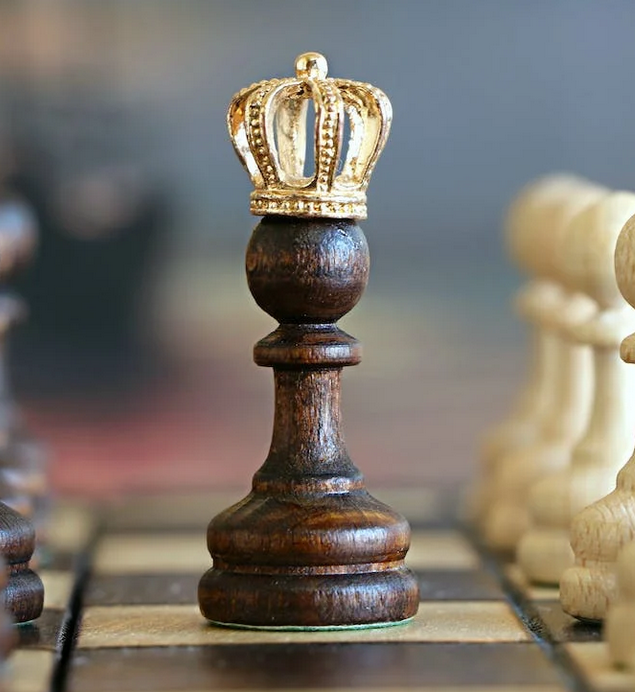Results are in, and it looks like we will be doing a weekly MTG night starting next Monday. I’m thinking 7:00 PM CST, but we can adjust exact times if needed. Commander got a little bit of pushback in the original thread, so I’m thinking we might start with Pauper then switch to draft in a couple weeks (Commander can come a bit later). Organization will be primarily done through Discord, but I’ll still post updates here as needed. We will be using xMage which you can find here. 1v1s for now, but we can always do a 3-way if we get an odd number of people.
I’m going to run a tokens deck, and I look forward to seeing what y’all bring!


How do you play ?
Tell me
If you go in YouTube and search for a video called “How To Play Magic: The Gathering (MTG) Learn To Play In About 15 Minutes!” from Tolarian Community College it looks like they would fix you up really quickly. I’m also positive your comrades would be helpful and patient as you learn the ropes
It’s basically a combination of chess and poker. Each player has their own deck of cards (called a “library”) and the goal is to reduce your opponents to 0 life. You also lose the game if you try to draw a card when there are no cards left in your library, creating a time limit. There’s a few cards that will make a player win or lose as well.
99.9% of games are going to end with a player being reduced to zero. You do this through the use of spells and lands. Spells are cards representing the player summoning armies, throwing fire, placing enchantments, and so on. Lands are cards players draw their powers from that allow them to cast spells. Cards are either “colorless” or belong to one or more of five colors: white, blue, black, red, and green.
White is the color of plains. It represents light, healing, laws, and the heavens. At its best, white is the color of justice and altruism. At its worst, it’s the color of militarism and oppression. White’s allies are blue and green. Its enemies are black and red.
Blue is the color of islands. It represents water, air, and knowledge. At its best, it’s the color of teaching and invention. At its worst, blue is indifferent and amoral. Blue’s allies are black and white. Its enemies are red and green.
Black is the color of swamps. It is the color of selfishness and death. At its best, black is ambitious and can do anything. At its worst, black is pure evil and demonic. Black’s allies are red and blue. Its enemies are white and green.
Red is the color of mountains. It is the color of fire, earth, and emotion. At its best, red is passionate and understanding. At its worst, it’s violent and impulsive. Red’s allies are black and green. Its enemies are blue and white.
Green is the color of forests. It is the color of nature, the wilderness, and life. At its best, green is harmonious and tranquil. At its worst, it’s savage and ignorant. Green’s allies are red and white. Its enemies are blue and black.
There’s far too many rules and whatnot to cover in one post, but that’s about the gist of it. There are tutorials on YouTube, Wizards of the Coast’s (the company who makes Magic) website, and free games with built-in tutorials. Here, we’re going to be playing each other online using a third-party program that helps us ignore buying anything.
Thank you
When I started playing, the Green decks were the easiest to understand. Green decks are good to build around summoning either lots of creatures, or big creatures, or both. Then you use those creatures to attack your enemy’s units, or the enemy itself when an opportunity presents itself.
In this way, your units are both a sword and shield between yourself and the opponent. Your opponent may not be able to attack you directly (to get you to 0hp) if you have a massive army for them to get through first.
There is a simple logic to a green deck of playing lands (resources), or cards that let you search your deck for lands, to allow you to bring out your bigger units as early as possible.
You can build a simple green deck, and introduce enchantments (cards that power up creatures) as you become more familiar with the game.
Other decks tend to have a mix between units and spells (which do things like deal direct damage, or disable units) that require a bit more game knowledge about how and when to use.